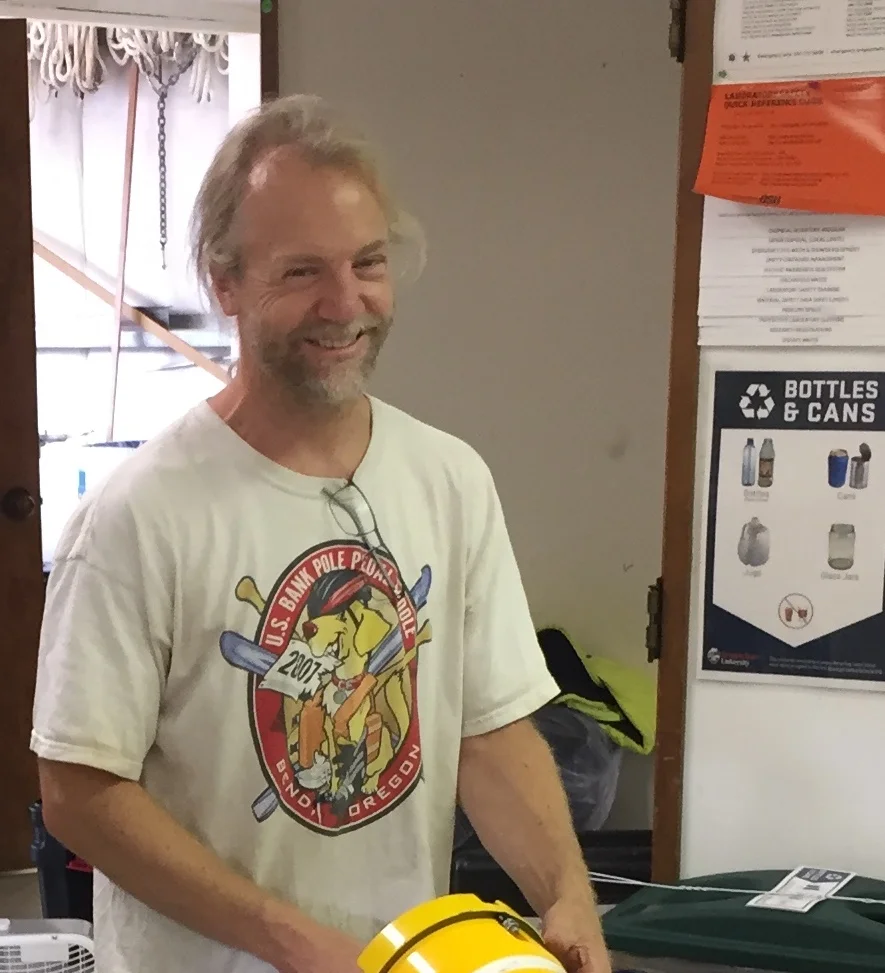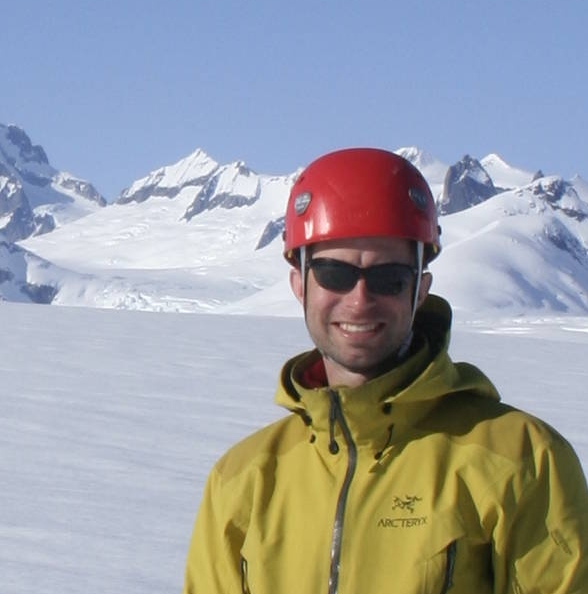The Physics of Melting Glaciers
Exploring the processes that control the rates of ice melt at a marine terminating glacier in South-east alaska
An ongoing project supported by the National Science Foundation and W.M. Keck Foundation
Retreating glaciers are a dominant source of freshwater into our oceans that not only causes global sea level to rise but also modifies the ocean-atmosphere heat balance, regional ocean circulation and ecosystem dynamics.
By 2100, global sea levels may rise 1 meter or more. Uncertainty in these projections is tied to the melting of glaciers at the dangerous ice cliffs where glaciers flow into the ocean. Our recent findings of expansive subsurface glacier melt plumes and remotely sensed observations of unprecedented glacier ice loss indicated there is a hundredfold discrepancy between measured and predicted total ice melt at an Alaskan glacier, summarized in this National Geographic article. The reasons for this mismatch are unknown; we do not understand the physics well enough because measurements at these ice interfaces have never been made. We hypothesize that details of the millimeter-scale turbulent dynamics that connect the warm open ocean to the ice face are directly responsible for the increased ice melt through exploding air bubbles; flow-interface feedback; and sudden, small-scale fracturing.
What’s up with positive and negative feedbacks?
Current ice-melt parameterizations are based on observations under ice sheets and sea ice. When sea ice melts, it forms a layer of freshwater that is light, stable, and insulates the sea ice from further melt. We call this a negative feedback. But when the near-vertical cliff-face of an actively-calving glaciers melts, the meltwater rises rapidly, becomes turbulent and entrains “warm water” from the open ocean. This is a positive feedback because the more melt, the more warm water we bring to the glacier face. To date, nobody has ever measured this process because it is too dangerous to sample at a glacier face. But subtle details of the process (like the feedbacks that control climate change), can dramatically alter the outcome.
THE PLAN: we seek to make the first direct observations of small-scale turbulence and ice melt morphology at a real ice-ocean interface. But making measurements at a calving glacier face has similar challenges as probing the Marianas Trench, observing black smokers, or searching for water on the moon: each push the limits of human scientific exploration. Our team plans to combine advanced underwater robotics to implant a network of new sensor systems to capture the first observations of the millimeter-scale processes that feed into glacier melt at the vertical face of calving glaciers, and integrate observations with high-resolution modeling to define the underlying energetic processes that ultimately link these small-scale physics to large-scale glacier melt parameterizations. Our ultimate goal is to create dynamically consistent parameterizations of glacier melt for accurate projection of global sea level rise.
The Robotic Ocean Surface Explorer is an unmanned powered kayak that we developed at Oregon State University to sample regions too dangerous for us to go. (visit the OSU ROSE page)












